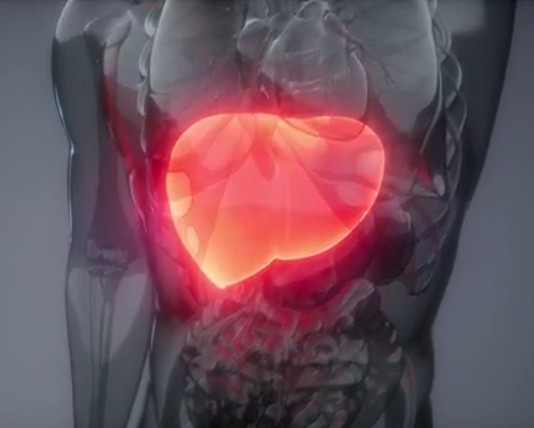![]() Ketonic bodies
Ketonic bodies
Rating : 7
Ketone bodiesThe name is misleading, we talk about bodies because at the beginning they were thought to be insoluble in water and to precipitate but in reality they turned out to be very soluble, moreover not all ketone bodies are actually ketones. Acetone and acetoacetate are actually ketone groups, but in beta-hydroxybutyrate the ketone group is ... (Read the full Tiiip)
0 pts from Kevin-Wooderly
| Evaluate | Where is this found? |
| "Descrizione" about Ketonic bodies by Kevin-Wooderly (155 pt) | 2021-Mar-30 19:15 |
Ketone bodiesThe name is misleading, we talk about bodies because at the beginning they were thought to be insoluble in water and to precipitate but in reality they turned out to be very soluble, more ...
| Read the full Tiiip | (Send your comment) |
Read other Tiiips about this object in __Italiano (1)
Component type: Natural Main substances: Last update: 2021-03-30 19:06:53 | Chemical Risk: |

